Flexor hallucis longus muscle
What is Flexor hallucis longus muscle?
The flexor hallucis longus muscle is a muscle located in the deep posterior compartment of the leg. It originates from the posterior surface of the fibula and interosseous membrane, and courses along the back of the leg and ankle before inserting into the distal phalanx of the great toe.
The powerful flexor hallucis longus muscle occupies the deep layer of the leg’s posterior compartment. The popliteus, flexor digitorum longus and tibialis posterior muscles are also members of the deep flexors of the calf group.
The flexor hallucis longus muscle is classified as a unipennate muscle based on the direction of its muscle fibers. A pennate muscle is a muscle that connects obliquely to its ligament. The fact that its muscle fibers converge to attach to one side of the tendon is indicated by the prefix “uni.” The flexor hallucis longus descends on the fibular side of the leg from the posterior two-thirds of the fibula. It then crosses the posterior part of the ankle to emerge on the sole, where it inserts on the great toe (hallux) by passing anteriorly.
Origin of Flexor hallucis longus muscle
Two-thirds of the posterior fibula’s lower half.
Insertion
At the first distal phalanx’s base, the plantar surface.
Relations
On the fibular side of the leg, the deep transverse fascia of the calf separates the flexor hallucis longus muscle from the gastrocnemius and soleus muscles, which together are referred to as the triceps surae muscle. Laterally adjacent to the flexor hallucis longus muscle are the fibularis longus and brevis muscles. Flexor hallucis longus is connected with the back tibial vessels, the tibial nerve, and the back tibial muscle, which it covers somewhat. A portion of the flexor hallucis longus muscle fibers attach to the tibialis posterior fascia. The fibula and the fibular artery and vein are located deep within the flexor hallucis longus.
The flexor hallucis longus tendon enters the foot on the medial side in the tarsal tunnel. The tarsal passage is a thin space found on the medial side of the lower leg, limited by the lower leg bones medially and the flexor retinaculum horizontally. The ligament of flexor hallucis longus is the most lateral construction in the tarsal tunnel, viewed as neighboring the tibial nerve. The posterior tibial vessels, flexor digitorum longus tendon, and tendon of a tibialis posterior muscle are among the other contents of the tarsal tunnel, which are located medially to the tibial nerve.
Flexor hallucis longus is a significant careful milestone in the space of the tarsal tunnel, as it denotes the horizontal boundary of the previously mentioned neurovascular structures, accordingly remaining parallel to the muscle can control injury to these designs.
As it rises out of the tarsal tunnel into the plantar part of the foot, the flexor hallucis longus is crossed by the flexor digitorum longus, which bends obliquely ready to be done. The flexor hallucis longus proceeds anteriorly to insert at the distal phalange of the first toe, distal to the connection of the soleus muscle.
Innervation
The tibial nerve, which is made up of the spinal roots L4, L5, S1, S2, and S3, innervates the flexor hallucis longus.
Blood supply
The flexor digitorum longus gets blood vessel supply from the parts of the posterior tibial and fibular arteries. The popliteal vein’s tributary, the peroneal vein, is responsible for this muscle’s venous drainage.
Functions of Flexor hallucis longus muscle
The flexion of all of the great toe’s joints (hallux) is the flexor hallucis longus’s primary action. When the foot is off the ground, this muscle, along with the flexor digitorum longus, flexes the toes at the distal phalanges. When the foot is on the ground, the flexor digitorum muscle acts synergistically with the little muscles of the foot, to keep the stack of the toes in firm contact with the ground. It can likewise add to plantar flexion and inversion of the foot, however, this activity is feebly contrasted with the triceps surae muscles.
When standing still, the flexor hallucis longus muscle usually doesn’t do much, but when you toe off and tiptoe, it does a lot. The muscle also helps maintain the medial longitudinal arch by acting as a bowstring.
Clinical significance
Ballet performers are particularly powerless to dysfunction of the flexor hallucis longus muscle called stenosing tenosynovitis, generally referred to as artist’s tendinitis. This is because ballet dancers typically perform with a lot of plantarflexion in their feet. This puts pressure on the flexor hallucis muscle and tendon, which causes inflammation and pain.
The flexor hallucis muscle is also frequently overused by ballet dancers, other dancers, and runners, who repeatedly rub the area where the muscle tendon enters the talus and calcaneus grooves. This results in the formation of nodules along the tendon, which can pop when the muscle contracts. Hallux saltans, also known as trigger toes, describe this condition.
Flexor hallucis longus muscle stretching
The flexor hallucis longus is extended with an expansion of the first toe, dorsiflexion of the foot at the lower leg joint, and eversion of the foot at the subtalar joint.
Flexor hallucis longus muscle strengthening
Internal rotation foot slider
The plantar flexors and inverters in the ankle can be strengthened with this exercise. Attach one end of a band to a sturdy or heavy object. Put the opposite end on top of a slider plate or hand towel. With your forefoot, step onto the band’s free end. While sitting, maintain the downward pressure and pull the band inward with your ankle. Make certain to keep the knee stacked right over the lower leg during this activity. To rotate the foot outward, hold the end range for up to five seconds before slowly releasing.
Tibialis posterior calf raise
This is a lower leg plantarflexion and inversion practice that utilizes a yoga block, tennis ball, or foam roller. Squeeze the exercise apparatus with your heels by placing it between your two ankles. Keep up with the press while raising the heels off of the ground. Hold the heels up as high as possible for up to five seconds. This can be done on a plyobox or stair step to encourage a wider range of motion that can be used.
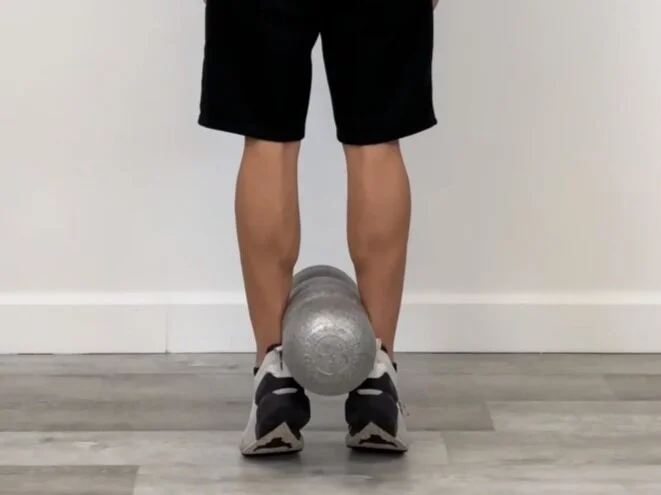
Tibialis posterior release / Tibialis posterior massage
This is a self-massage for the tibialis posterior muscle’s inferior portion. Begin by sitting with the objective legs’ lower leg support with your other knee. Put a back rub ball on the internal part of your shin bone and apply tension inside passable cutoff points. Work your way down to the foot one inch at a time, starting with the ball at the midpoint of your shin. To achieve an active muscle release, dorsiflex and plantarflex the ankle. Complete 3-5 sluggish counts for every weakness.
Tib post heel raise
Using a yoga block, this is an ankle plantarflexion and inversion strengthening exercise. Squeeze the yoga block with your heels in between your two ankles. Keep up with the press while raising the heels off of the ground. Make sure that the balls of your first through fifth toes make consistent contact with the floor. Hold the heels up as high as possible for up to five seconds. To expand your range of motion, you can perform this on a stepper or stair stepper.
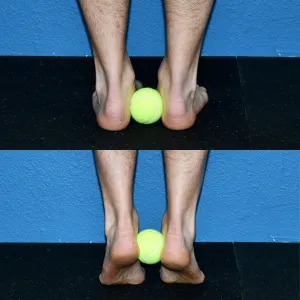
Figure Four toe raises
This exercise simultaneously strengthens your plantar flexor and ankle inverter muscles. Begin by sitting and tying a band around the forefoots of both feet. Sit in the Figure 4 position with the target ankle’s foot on the opposite knee. Oppose the band by modifying the foot towards the roof driving with the ball of your first toe. Hold for up to seven seconds before allowing the band to gradually pull your foot toward the floor. As necessary, repeat.
FAQ
What causes pain in the flexor hallucis longus?
Repeated pushing off from the big toe, a movement that ballet dancers and other athletes perform frequently, is a common cause of flexor hallucis longus tendonitis. This motion can irritate the tendon and cause it to become inflamed over time.
How would you loosen up flexor hallucis longus?
Stretching. By pulling the great toe into an extended position and the ankle into a dorsiflexed position, a stretch can be performed. If the patient is having trouble reaching forward, a towel may be helpful, just like strengthening exercises. It can be tied around the ball of the foot and the toes.
Where is flexor hallucis longus ache?
Symptoms of Flexor Hallucis Longus Pain A common sign of a problem with the flexor hallucis longus and its tendon is pain on the inside of the ankle. Most of the time, jumping, landing, or pointing the foot makes these pains worse.
Can the flexor hallucis longus be torn?
A common occurrence is an acute rupture of the flexor halluces longus (FHL) tendon as a result of trauma or laceration. Ballet dancers and athletes frequently experience partial rupture of the FHL tendon as a result of tendinitis or stenosing tenosynovitis.
What is flexor hallucis longus disorder?
Under the bony bump on the inside of the ankle and along the inside of the foot, flexor hallucis longus tendinopathy causes gradual pain. The underlying signs frequently disappear with motion, back rub, or intensity over within the lower leg and, in this manner, are frequently disregarded.

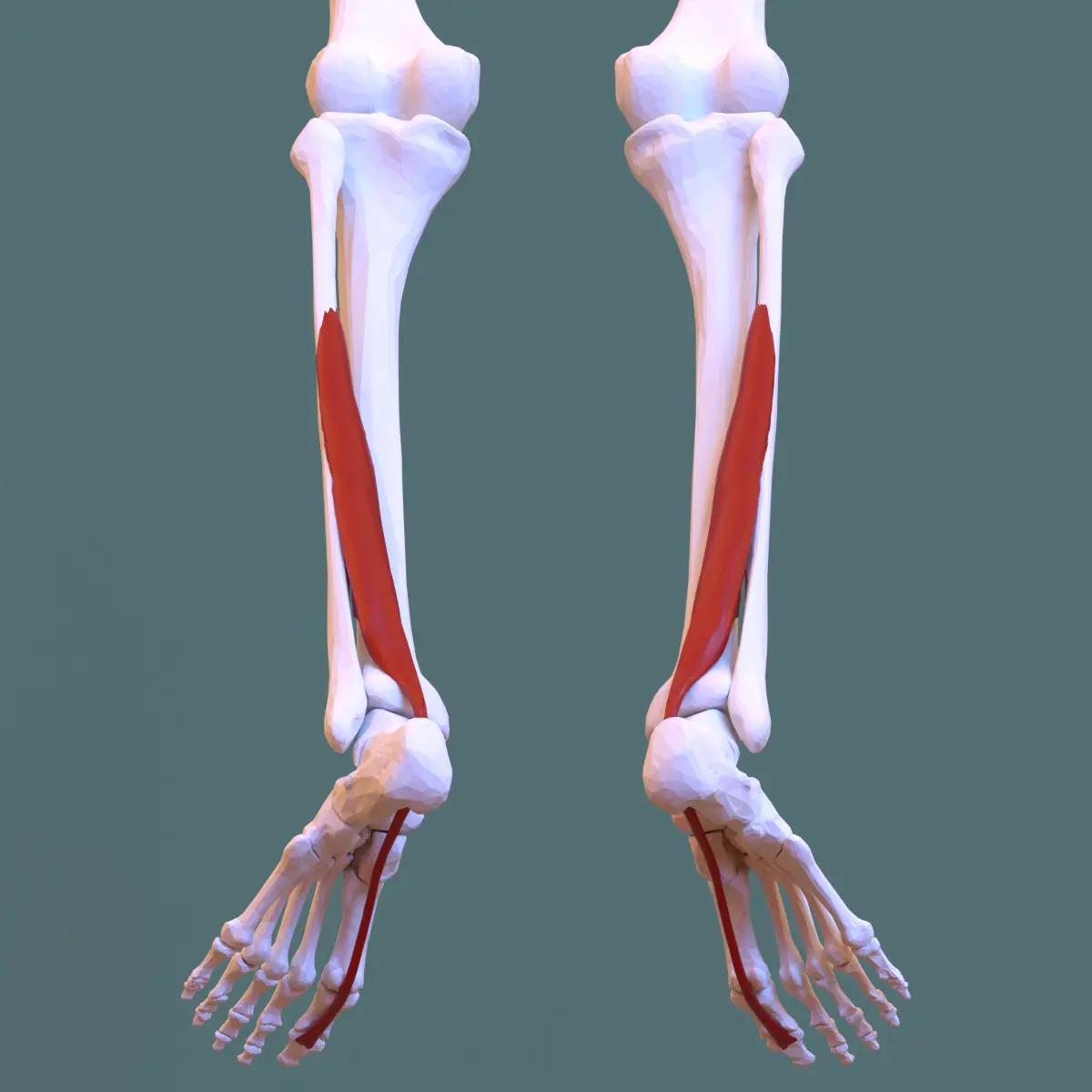
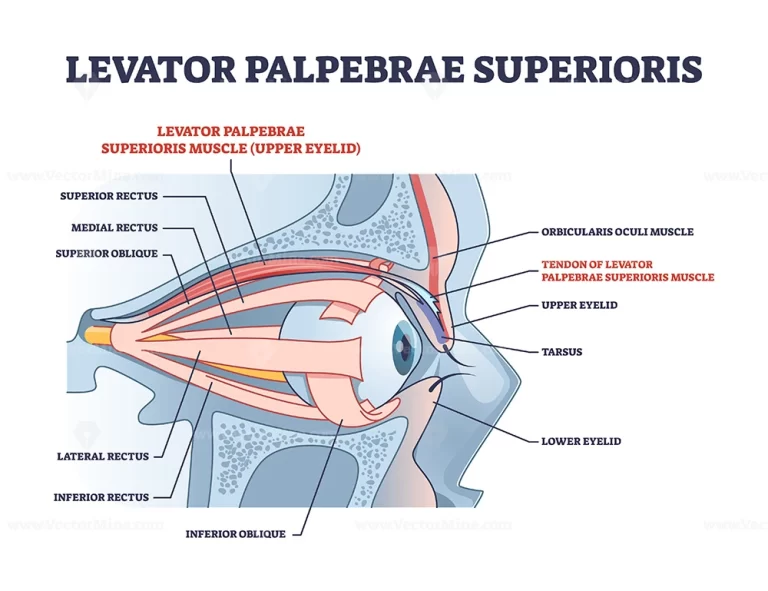
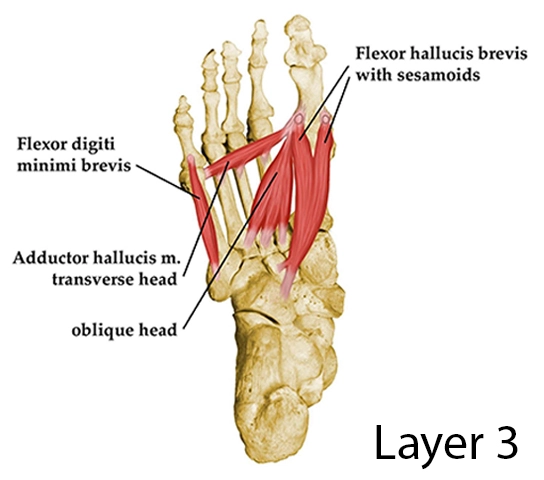

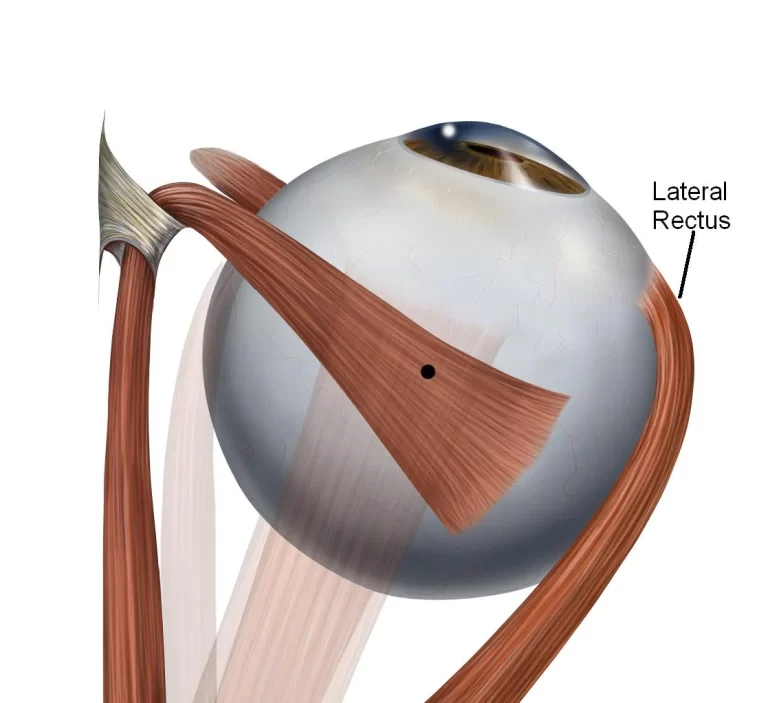

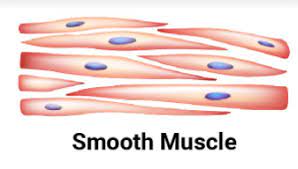
6 Comments